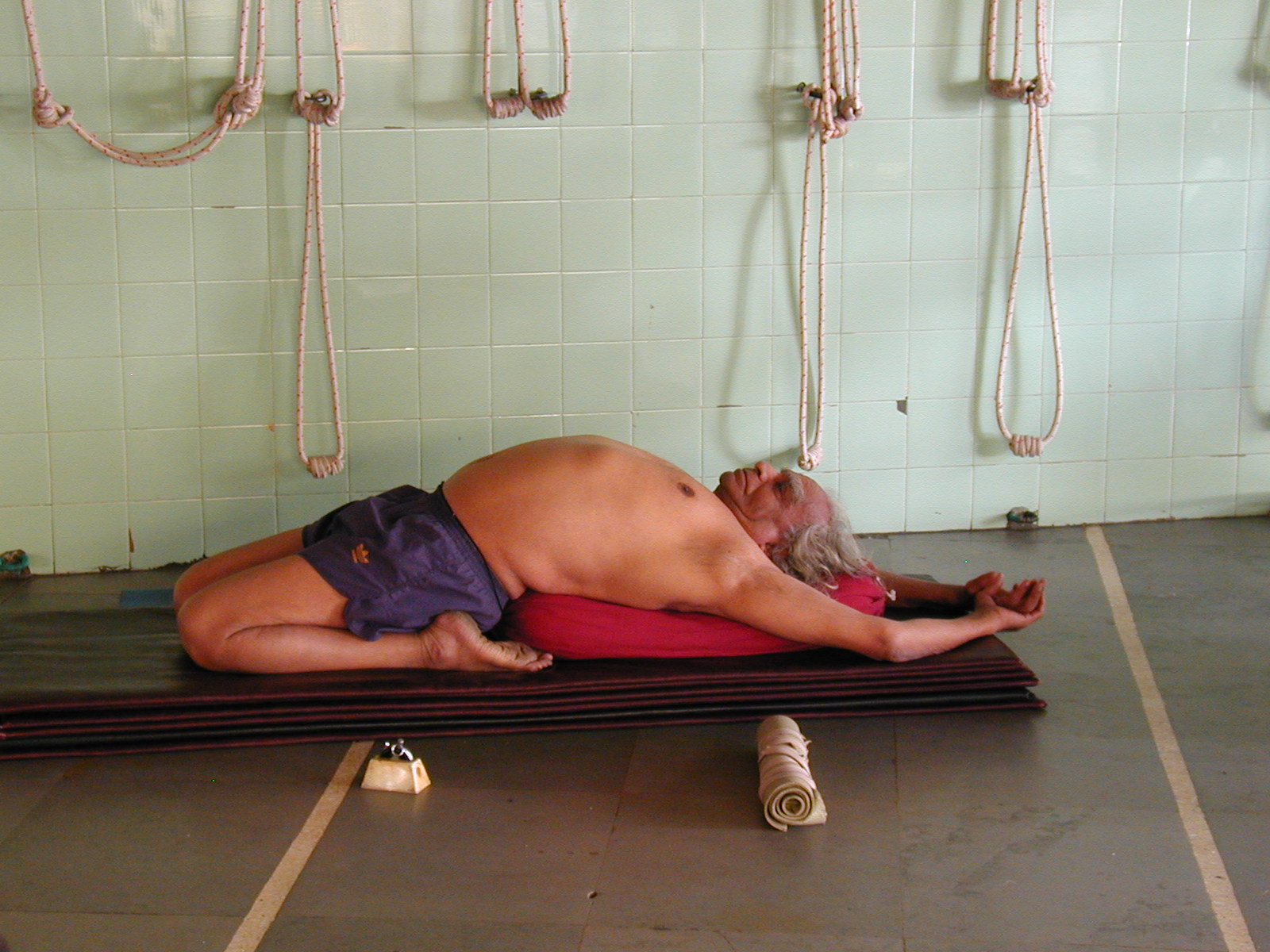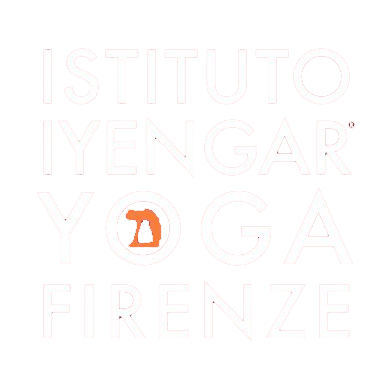
Mental flexibility
“We are fortunate that we had Guruji in our life, now we must be honest with what we have learned and our teaching must go on. We must continue with awareness and with an open heart. The beginner has an open mind, there is freshness in the mind. We must be careful not to become mentally rigid with time. Rigidity of the mind is a big problem. Iyengar Yoga has the aspect that nothing is taken for granted. “For Guruji the rules were not fixed, he was flexible. This is the freedom.” (Abhijata Sridhar Iyengar, 7 December 2016)
Last year I was lucky to have the opportunity to participate in an Intensive with Abhijata Sridhar Iyengar, the niece of the our beloved Guruji.
Abhijata is an exceptional teacher, she has inherited the teaching of her grandfather, her aunt Geetaji and her uncle Prashantji. It is refreshing to participate in her classes because she has the ability to condense what she has learned but also to modernize the teaching of these great teachers, which many of us have been fortunate to have had.
Geetaji has always explained that through the practice of yoga it is important to understand the intelligence of the body, and the relationship with the breath and the mind. When yoga is only a sequence of instructions to remember and to perform, then we lose this intelligence. A mechanical practice does not aid the transformation.
As I sometimes explain, in my classes the practice of yoga is not like a shopping list: bread, beets, pumpkin, salt, sugar.
Therefore if we practice or teach with the list: turn the right foot in, the left foot out, press the external part of the right foot, turn out the left thigh in….., this is the shopping list.
And if a teacher repeats this list with the same tone of voice from the beginning to the end, the pupil stops listening.
There is not only one way to practice a given āsana, there is not a written or oral rule for the execution of one āsana: this is the end of yoga. This is being mechanical. When the practice becomes mechanical it loses the intelligence.
There is not only one way to practice an āsana, there is not only one way to teach an āsana. To be mechanical, the fixed rule is the opposite rule of yoga. The yoga is to search, to study, to intend: it is the education of the mind.
Teaching (as the practice) must be fresh, specific to the person, to the moment, to the place and the time.
Guruji referred to this when he said. “Be in the present, not in the memory of the past or in the future. The mind must be in the present, in the moment. The body and the mind are different every day, every moment, and it is this that we must learn to observe. The reaction of the body, the reaction of the mind changes every time, and we need to teach this, we must guide the practitioner to observe.
The beauty of the teaching of Guruji was that he had the ability to drive every one of us in the marvelous journey of exploration but every time the journey was different. Even when Guruji was older his mobility was limited, but not his faculty of introspection, not his ability to be new and fresh, to have another color in every lesson, and also in every moment of the lesson. He knew how to surprise us, he knew how to guide us in the introspection, he knew how to bring the attention in the most hidden and secluded parts of ourselves.
There were no fixed rules, Guruji had a flexible and fresh mind every day.
Unfortunately, many of his students have incorporated only a part of his teachings, building some fixed rules for every āsana, (how to practice them and how to teach them): in this way the yoga becomes the shopping list. We should not learn by heart the actions of every āsana, but we should understand the reactions of the body, breath and the mind for every different movement and action. We cannot say this is right, this is wrong, but instead to understand the reason why we do something in one way or in the other.
What happens if we jump with the inhalation or with the exhalation? What happens if we go to Uttānāsana with the inhalation or with the exhalation? Or what is the difference in the mind, if Vīrabhadrāsana III is performed with the lifted head and the forward gaze in comparison to keeping the head in line? What do we lose and what do we gain?
And what is difference with Bharadvajāsana or Parivṛtta Trikonā when performed lifting the arm before or widening the chest without lifting the arm? When is it better to do in one way or in another? What difference is there for beginner students or for a mature student of yoga?
When a mature student has clarity in the various aspects, he or she succeeds in understanding how to be flexible in the mind, how to adapt the practice day for day, person for person, he or she succeeds in living in the present. Mental rigidity is to always live in the past. Mental rigidity destroys yoga.
“We have the need to define who is advanced: it is not the number of years or the number of hours of practice (obviously we need to practice) or the certificate, but rather who is always new, who has this sensibility every day, in every moment in all the aspects of life, on the mat or off the mat” (Abhijata Sridhar 3 December 2016)
“Āsana is not only to lengthen the body, it is an expression of one’s intelligence. When the mind is aware of the arms, chest, pelvis, without dark or forgotten parts, then the āsana expresses our intelligence. The āsana must improve to the point that our intelligence touches every angle of the body. Only then can you be satisfied. Satisfaction must come on its own. As the flower blossoms when the time is ready, so with a reverent practice for a long time, without any interruption, satisfaction will happen by itself.” (Abhijata Sridhar 3 December 2016)
